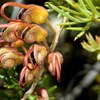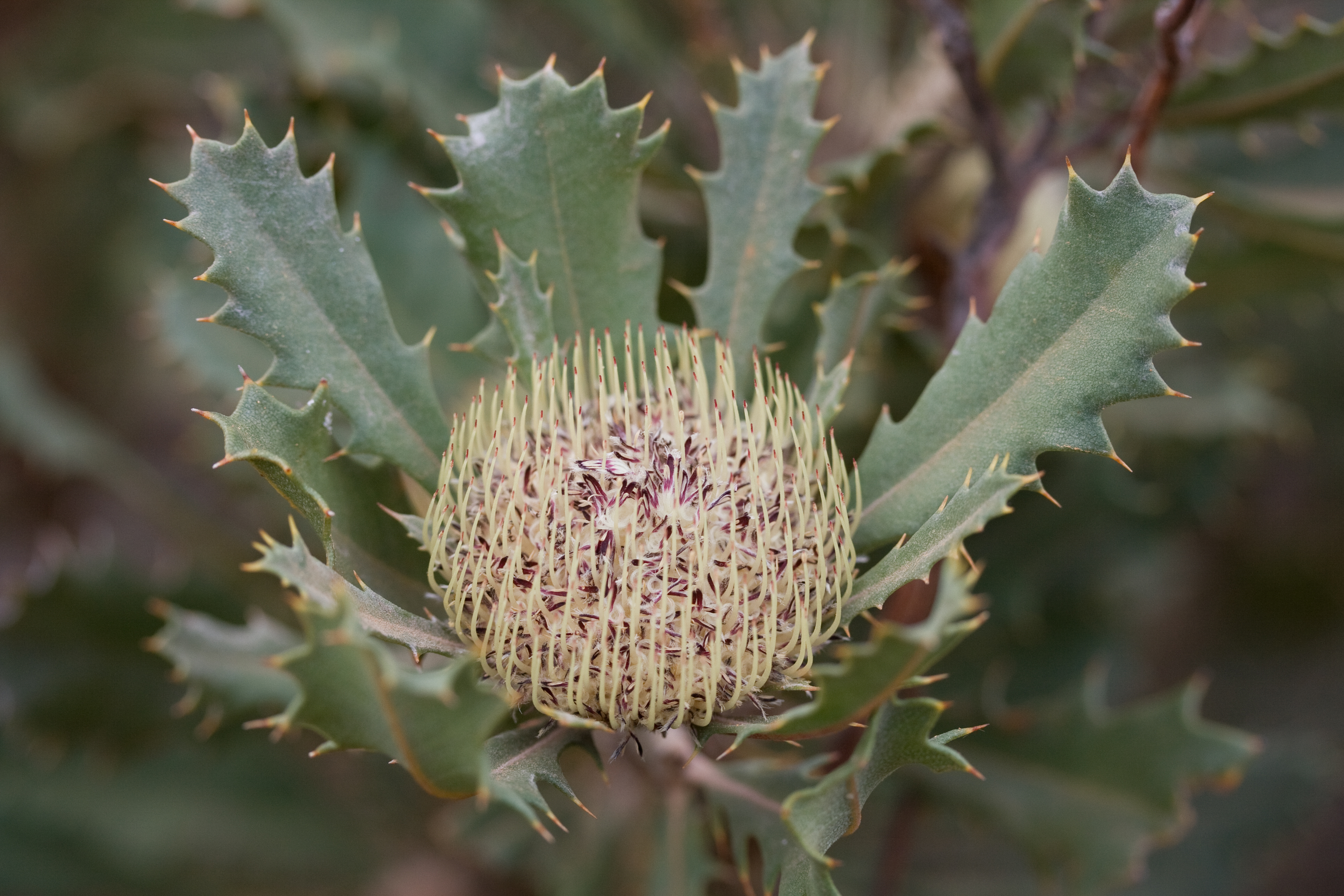
Hundreds of translocations but who's counting?
Thursday, 08 September 2016A new national plant translocation database could be on the horizon, after researchers gathered to map out the sources of existing translocation data at a recent workshop.
“The number of translocations on record came as a bit of a surprise – I didn’t think there would be so many,” says Dr David Coates from WA’s Department of Parks and Wildlife, who leads the TSR Hub’s Threatened plant reintroduction and relocation project.
“After sending out a preliminary spreadsheet, we received records of approximately 230 plant translocations. Some of these may be duplicates, but we suspect that the number may double as we work through the grey literature.”
According to the preliminary tally, up to half of the plant translocations have taken place in Western Australia.
Dr Coates, who is based at the West Australian Department of Parks and Wildlife says the uncertainty surrounding the true number of translocations and varying degrees of data quality highlights the need for a co-ordinated national database.
“There’s a lot of data to manage and a lot of organisations working on translocation projects including government departments, NGO’s and community groups. The data these organisations collect can vary in terms of scale and quality, so we need to determine what’s readily available, as well as the data-fields we would like to see included in future projects.”
Workshop participants also spent some time reviewing the criteria for measuring translocation success.
“There are a number of stages or levels that might indicate success – establishment, flowering and seeding but the ultimate measure remains a viable self-sustaining population. That is difficult to determine without high-quality data,” says Dr Coates.
“We can use molecular markers to compare the genetic diversity of translocated and source populations. Accurate data allows us to analyse population viability, observe population trends and model them.”
Plans for a new edition of the Guidelines for Translocation of Threatened Plants in Australia, in collaboration with the Australian Network for Plant Conservation Inc, were also discussed.
“The existing Guidelines have covered the most important topics very well, but we would like to update some of the existing examples and provide new case studies.”
Image: banksia fuscobractea by Andrew Crawford from WA's Department of Parks and Wildlife
-

Saving an Endangered wattle: Translocating Acacia cochlocarpa
Monday, 20 July 2020 -

Seed bank saving species in Western Australia
Monday, 27 July 2020 -

Guidelines for the Translocation of Threatened Plants in Australia
Wednesday, 29 July 2020 -

Managing the genetics for a new population of a threatened plant
Monday, 12 April 2021
-
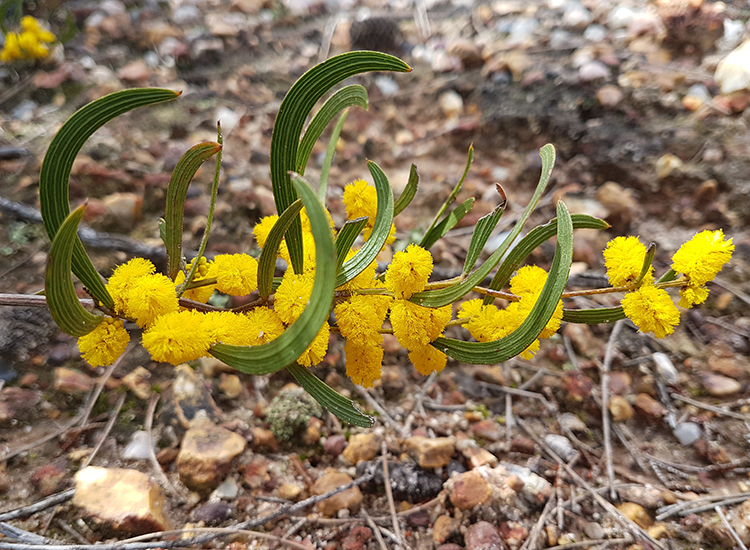
Fire a vital ingredient for the recovery of a Critically Endangered wattle
Wednesday, 02 September 2020 -
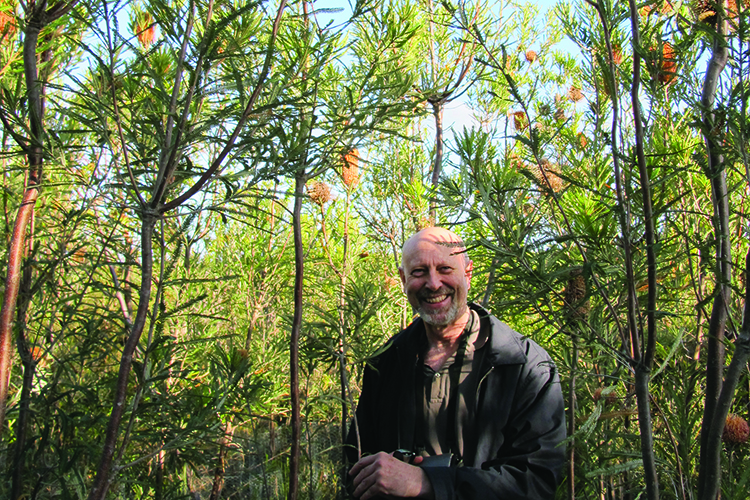
David Coates: A dedication to Australia's plantlife.
Sunday, 11 November 2018 -
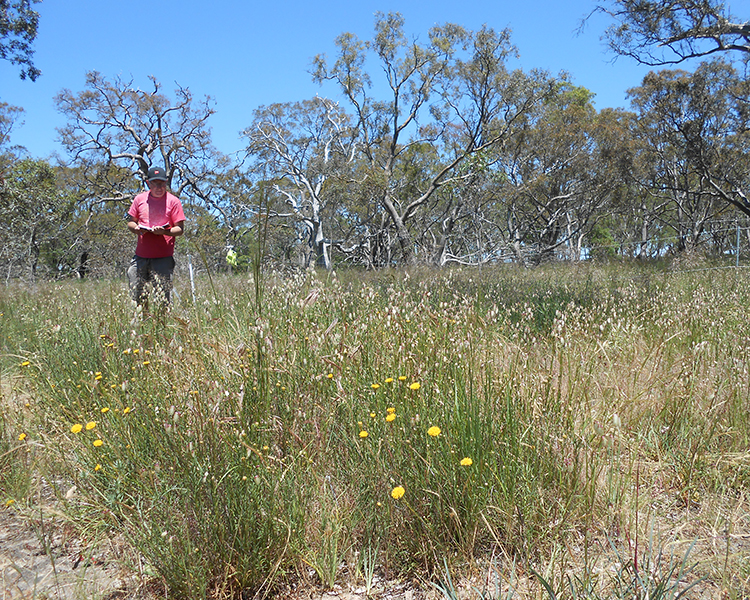
Learning from plants going places in Australia
Monday, 02 October 2017 -
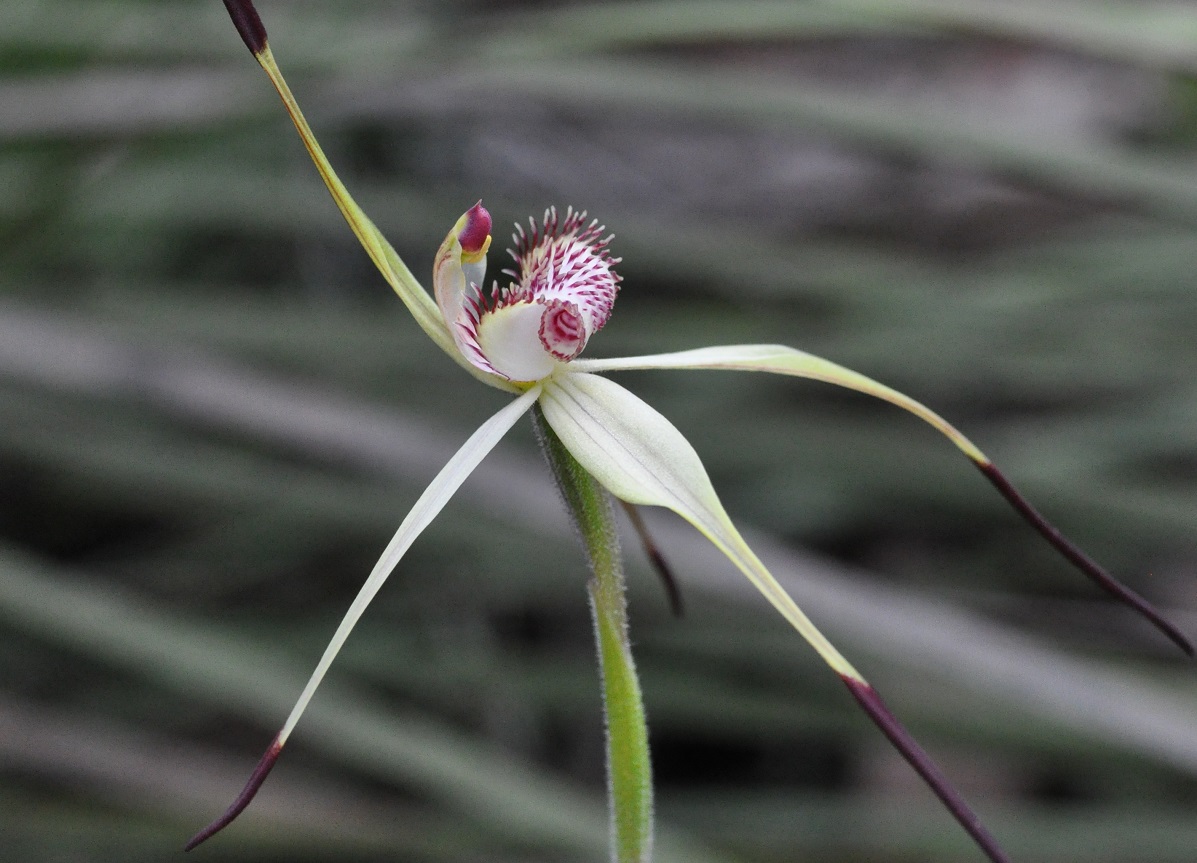
National review and workshop put spotlight on plant translocation
Tuesday, 08 August 2017 -
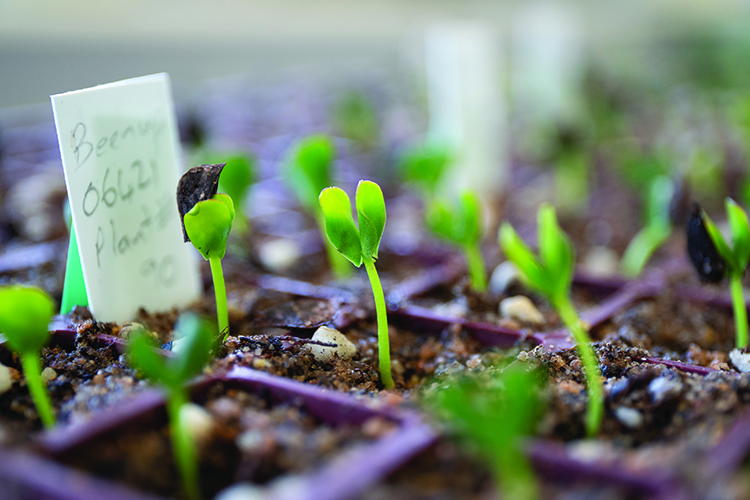
Plant translocation: New guidelines a game changer
Sunday, 11 November 2018 -
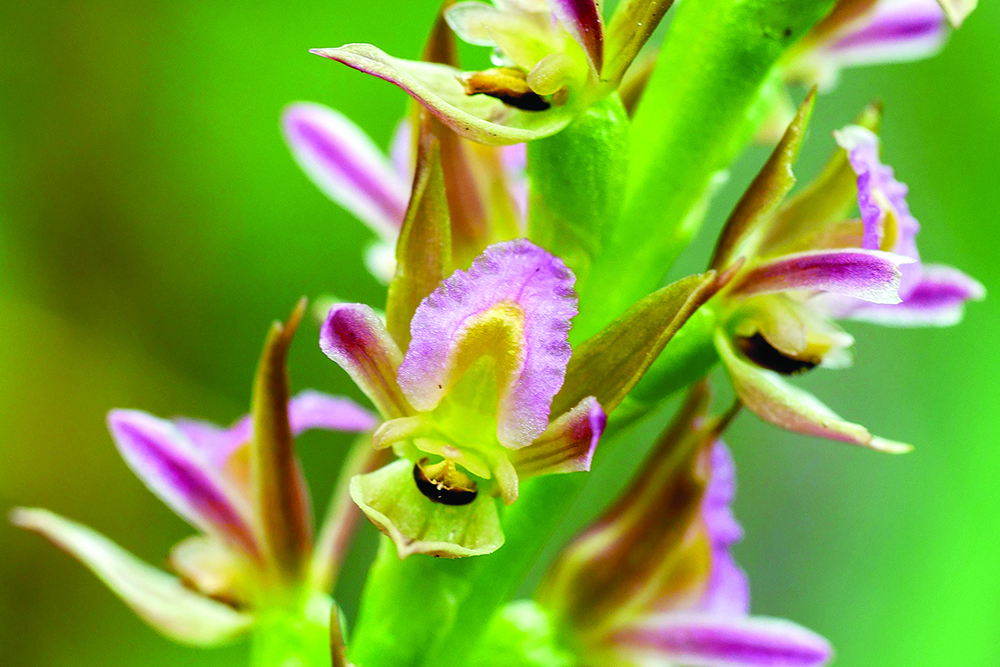
Race against time for Endangered leek orchids
Sunday, 11 November 2018 -
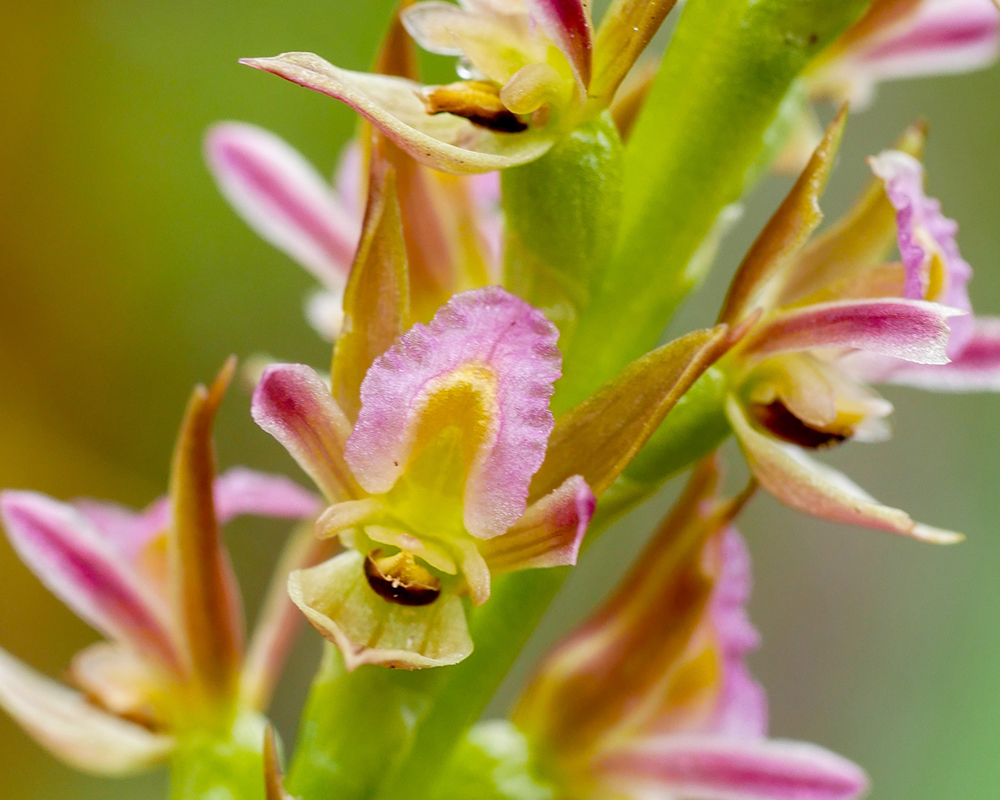
Race to unlock secret to save endangered orchids
Wednesday, 22 August 2018 -
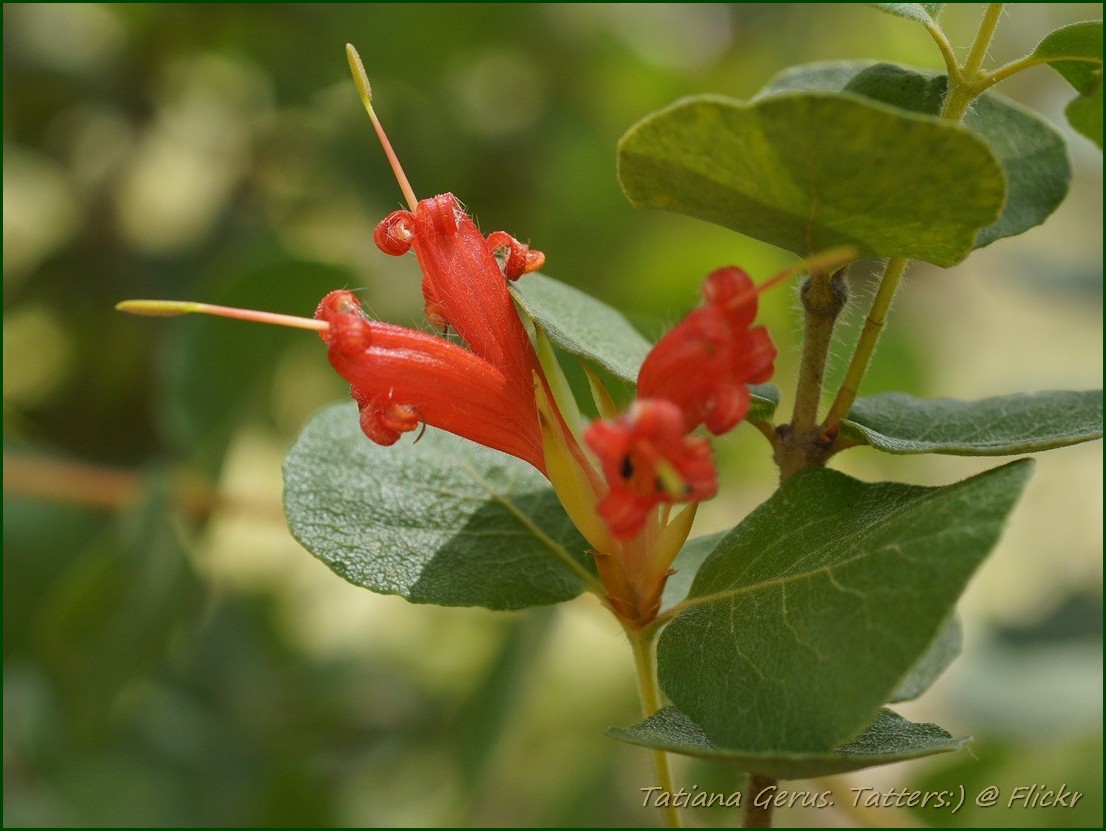
Sowing the seeds of success
Monday, 23 May 2016 -

Species on the move conference
Monday, 28 March 2016
